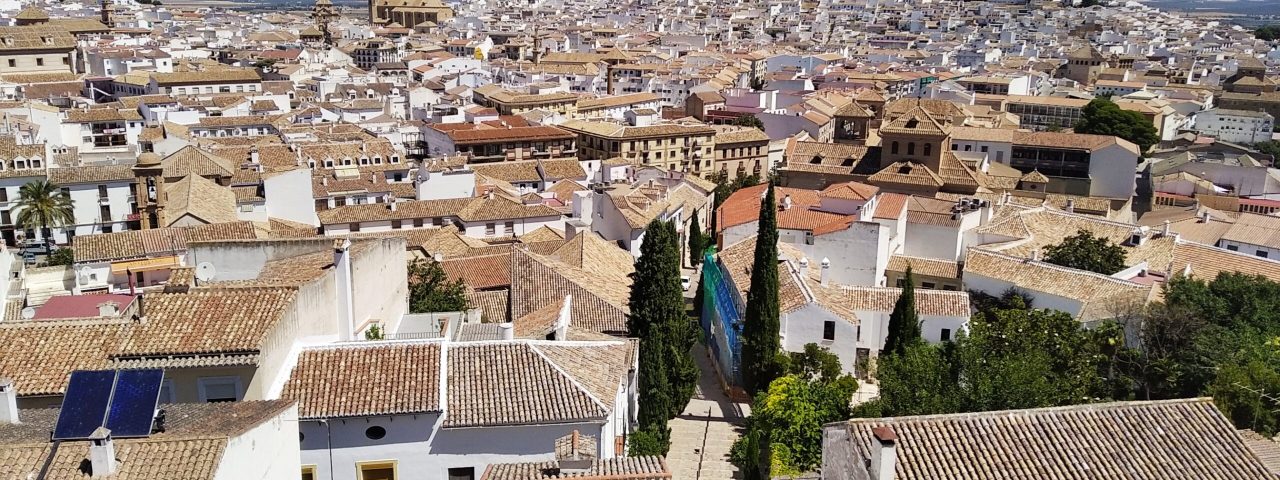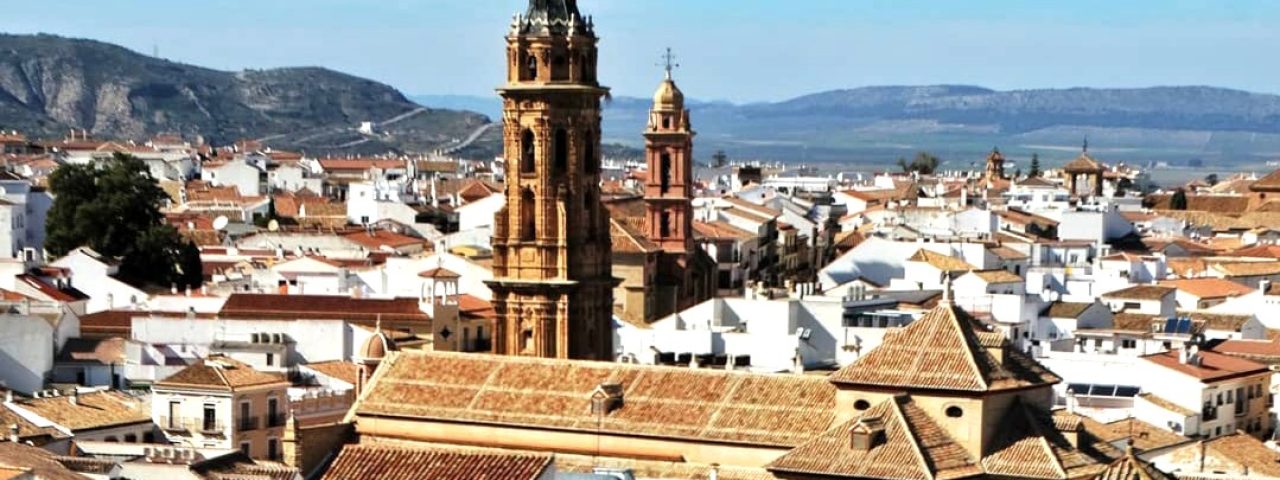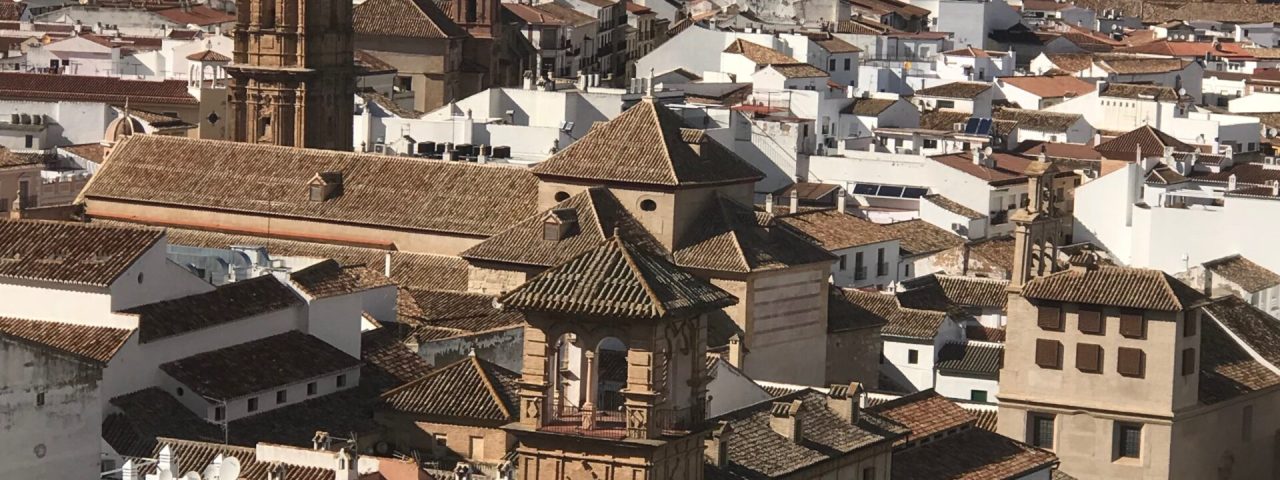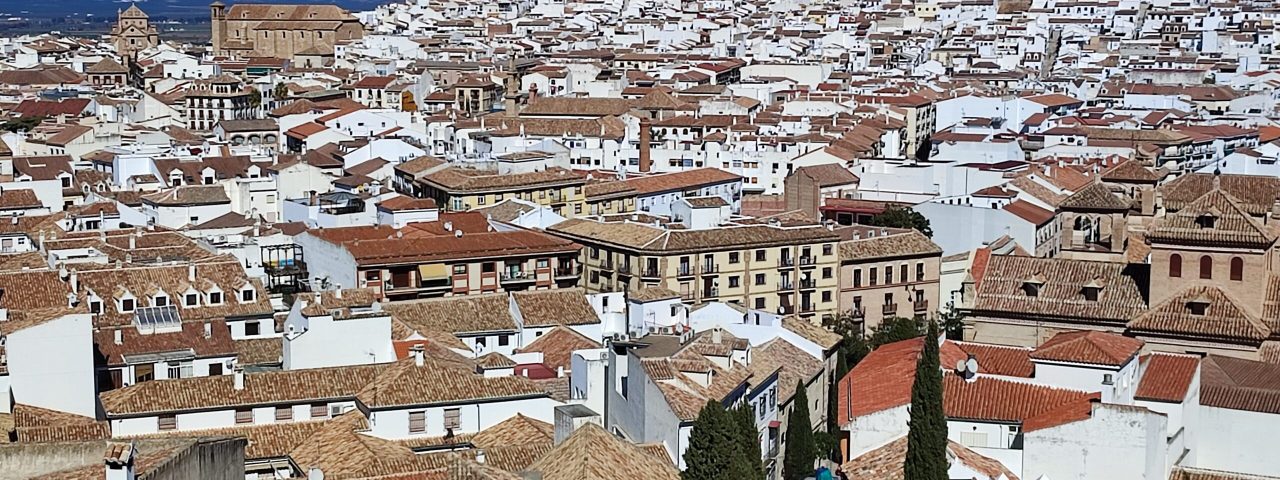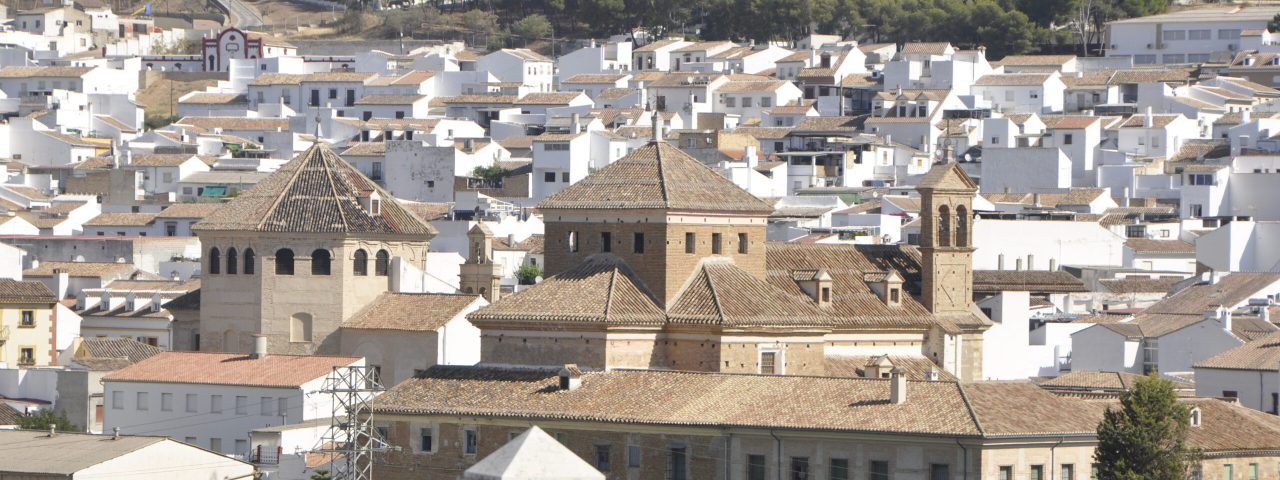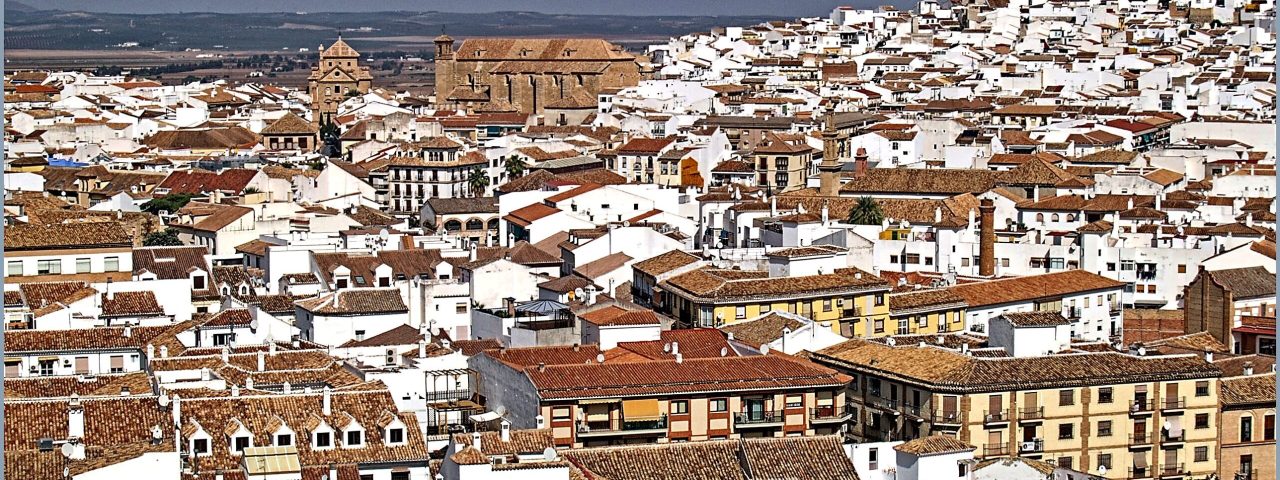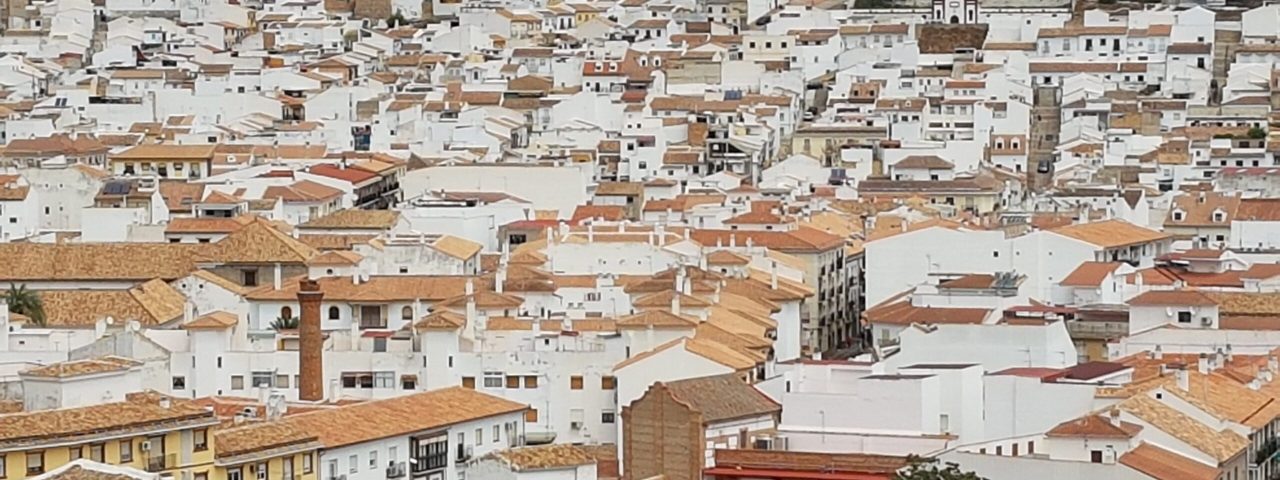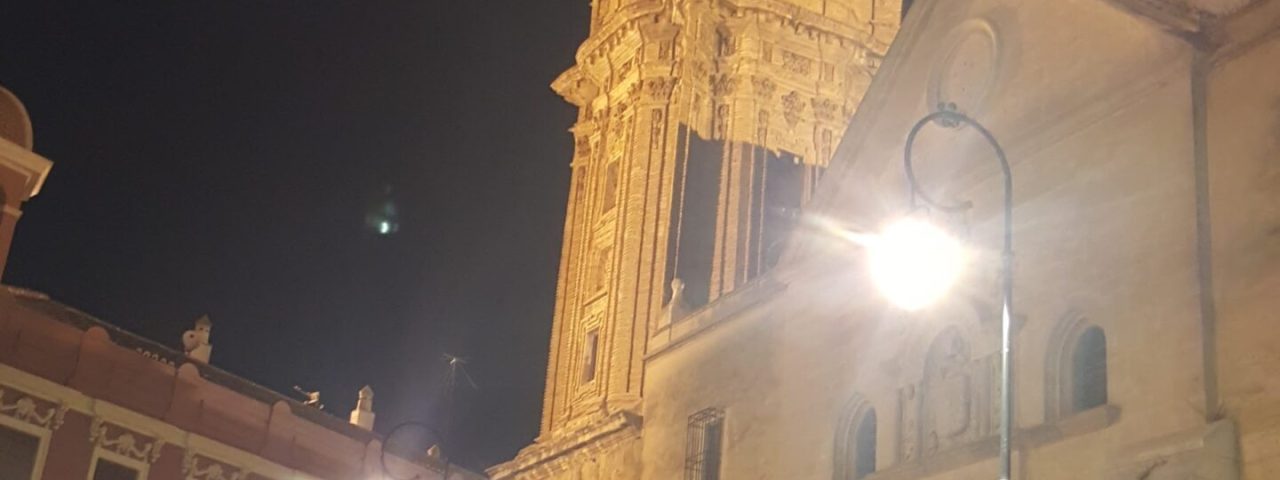Antequera’s history is rich and diverse, with traces of human settlement dating back over 5,000 years. The city is home to one of the most significant prehistoric sites in Europe—the Antequera Dolmens, which are ancient burial mounds built between 3,000 and 2,000 BC. These megalithic structures are now a UNESCO World Heritage site and reflect the ancient civilizations that once thrived in this region. Over the centuries, the city has seen Roman, Moorish, and Christian influences, all of which have left their mark on its architecture and culture.
During the Moorish period, Antequera was a strategic military outpost, as evidenced by the Alcazaba, a Moorish fortress that dominates the skyline. After the Reconquista in the 15th century, the city flourished under Christian rule, becoming a center for religious and artistic expression. Today, Antequera is known for its Baroque churches, historic convents, and religious traditions, such as the Semana Santa (Holy Week) processions, which attract thousands of visitors each year.
Culturally, Antequera is a city that values its traditions. Festivals like the annual Feria de Agosto and Día de la Romería showcase local customs, music, and dance. Flamenco is also an essential part of the cultural fabric, with regular performances in local venues, offering visitors an authentic taste of Andalusian heritage.
